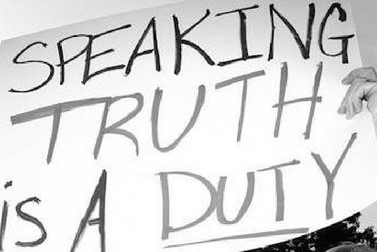By
Ricardo Swire
Internal security and Law Enforcement (LE) are thankless professions. Individual safety is routinely challenged and possible death lurks around corners. The special professionals who undertake such national challenges often come face-to-face with internal corruption and infiltration by local criminal organizations. Text books define police corruption as a form of professional misbehavior in which LE officers break their social contracts, or abuse invested power for personal or department gain. The offence can be individual or collective, conducted in a coordinated manner.
In Argentina the Criminal Code’s anti-corruption provisions prohibit both “active” and “passive” bribery of public officials and bribery of foreign public officials. The Code does not provide any exceptions for “facilitation payments.” Gifts are also prohibited. A blatant reminder of LE Officers’ dangerous exposure and risks associated with principled approach to the job occurred on Monday July 17, 2017 at 10:30pm, when an Argentine Federal Police officer was viciously murdered in the capital city Santa Fe.
The dead officer’s “offence” was whistle blowing or outspokenness about criminal collusion by fellow officers. He was shot twenty times with multiple caliber ammunition while riding his motorcycle. Argentinian intelligence officials noted the Federal Police Officer was not killed in the wasteland where first responders discovered his body. The LE was without his issued service weapon and uniform, his mobile phone found yards away from the corpse.
In 2015 “sicarios” or assassins made their first attempt to kill the same officer while he was stationed in Recreo, a city in Catamarca Province. Reports construed Argentina is renowned for a long list of whistle-blower assassinations and bloody cover-ups, orchestrated by corrupt high-level bureaucrats. Local LE collusion with organized crime characters has a metaphorical vice grip on morality. During 2008 City of Buenos Aires officials launched the Metropolitan Police Force or “Bonaerense,” in an effort to address local corruption and improve LE efficiency. The model of community policing functioned autonomous of Federal and Provincial Police.
By 2012 the Metropolitan Police Force had become a mafia outfit that abused police powers. That year one hundred and seven Buenos Aires city and province residents were killed by security forces, forty-nine murders accredited to the Bonaerense. On June 2, 2013 three gunmen from General Rodriguez, an area situated just outside Buenos Aires, tried to kill the Federal Police Narcotics Unit chief as he exited his car at home. A thirty second video showed the thirty year Argentinian LE veteran as he noticed the attackers and shoot first. He was struck three times by bullets and dropped to his knees. Argentina’s senior LE officer survived the life threatening ordeal.
In 2014 Metropolitan Police officers were only assigned to three of Buenos Aires City’s fifteen districts and activities overlapped with Federal Police. Re-calibrated intelligence mechanisms monitor rogue Argentine Federal Police officers who unofficially “liberate” or clear communities of perceived opposition for select local criminal characters to function safely. In October 2015 Santa Fe’s former Provincial Police Chief was jailed for his relationship with drug traffickers.
Ricardo Swire
Ricardo Swire is the Principal Consultant at R-L-H Security Consultants & Business Support Services and writes on a number of important issues.



No Comments Yet!
You can be first to comment this post!